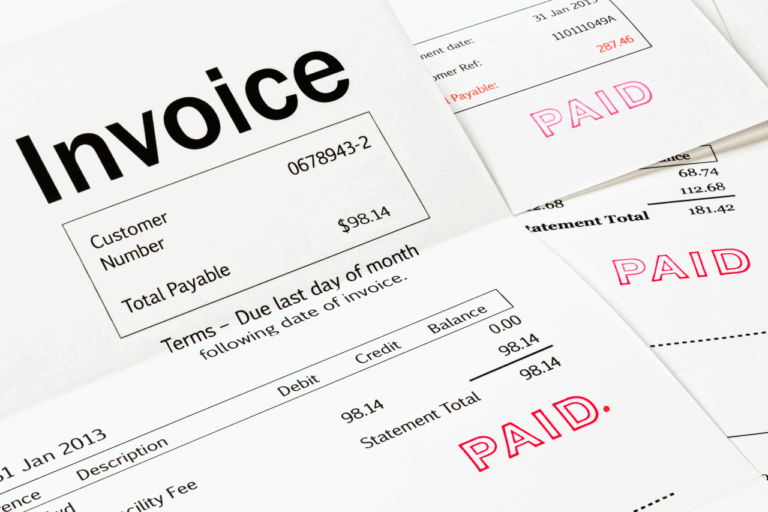Article from the United States Postal Inspection Service dated 06/26/2024
Have you received unsolicited mobile text messages with an unfamiliar or strange web link that indicates a USPS delivery requires a response from you? If you never signed up for a USPS tracking request for a specific package, then don’t click the link! This type of text message is a scam called smishing.
Smishing is a form of phishing that involves a text message or phone number. Victims will typically receive a deceptive text message that is intended to lure the recipient into providing their personal or financial information. These scammers often attempt to disguise themselves as a government agency, bank, or other company to lend legitimacy to their claims. USPS utilizes the 5-digit short codes to send and receive SMS to and from mobile phones.
The criminals want to receive personally identifiable information (PII) about the victim such as: account usernames and passwords, Social Security number, date of birth, credit and debit card numbers, personal identification numbers (PINs), or other sensitive information. This information is used to carry out other crimes, such as financial fraud.
The Postal Service offers free tools to track specific packages, but customers are required to either register online, or initiate a text message, and provide a tracking number. USPS does not charge for these services! USPS will not send customers text messages or e-mails without a customer first requesting the service with a tracking number, and it will NOT contain a link. So, if you did not initiate the tracking request for a specific package directly from USPS and it contains a link: don’t click the link!
If you suspect the text message you have received is suspicious but are expecting a parcel, please do not click on any links. Rather, report it and visit USPS.com from your mobile device or computer for tracking and additional resources.
For more information about these services and other products, please visit USPS TEXT TRACKING FAQs:
To protect yourself and others from consumer frauds, visit the fraud prevention page.
HOW TO REPORT USPS Related SMISHING:
To report USPS related smishing, send an email to spam@uspis.gov.
- Without clicking on the web link, copy the body of the suspicious text message and paste into a new email.
- Provide your name in the email, and also attach a screenshot of the text message showing the phone number of the sender and the date sent.
- Include any relevant details in your email, for example: if you clicked the link, if you lost money, if you provided any personal information, or if you experienced any impacts to your credit or person.
- The Postal Inspection Service will contact you if more information is needed.
- Forward the smishing/text message to 7726 (this will assist with reporting the scam phone number).
Complaints of non-USPS related smishing can also be sent to any of the following law enforcement partners of the U.S. Postal Inspection Service:
• Forward to 7726 (this will assist with reporting the scam phone number).
• Report fraud to the Federal Trade Commission.
• The Federal Bureau of Investigation’s (FBI), Internet Crime Complaint Center (ic3)
Beware of Identity Fraud: Smishing:
Text Message Scams – Smishing
Text Message Scams PSA
PROTECT YOURSELF FROM SMISHING
Think: verify the identity of the sender and take the time to ask yourself why the sender is asking for your information.
Don’t reply: and don’t click on links provided in text messages. Doing so can install malware, take you to fake websites that look real, and steal your information.
Report: contact the bank, government agency, or company that the scam artist is impersonating so it can alert others and work with law enforcement to investigate the activity.
Delete text messages: legitimate companies will not ask you to confirm or provide personal information.
Block spam messages: call your carrier’s customer service number (usually 611) and instruct them to “Block all text messages sent to you as email” and “Block all multimedia messages sent to you as email.” You also might be able to log into your account and activate these blocks there.
Treat your personal information like cash: your Social Security number, credit card numbers, and other personally identifiable information can be used to steal your money or open new accounts in your name without your knowledge or approval.
Review your cell phone bill: regularly monitor your bill for unauthorized charges, and report them to your carrier.
Security updates: use the same safety and security practices on your cell phone as you do on your computer: keep your security software and applications up to date; be cautious of text messages from unknown senders, as well as unusual text messages from senders you do know.






